What size recessed lights?
rroo
11 years ago
Related Stories
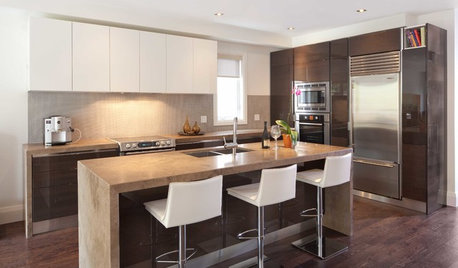
LIGHTINGGet Your Home's Recessed Lighting Right
Learn the formula for how much light a room needs plus how to space downlights, use dimmers and more
Full Story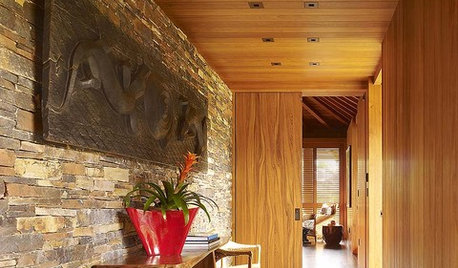
LIGHTINGRecessed Lighting 101
Looking to brighten a drab, dim space? Recessed lighting may be your answer. Here's what you need to know
Full Story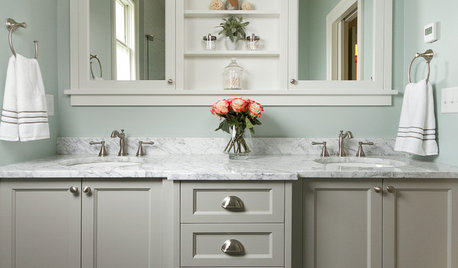
BATHROOM DESIGNShould You Get a Recessed or Wall-Mounted Medicine Cabinet?
Here’s what you need to know to pick the right bathroom medicine cabinet and get it installed
Full Story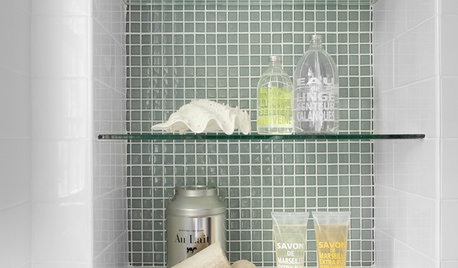
BATHROOM DESIGNRecess Time: Boost Your Bathroom Storage With a Niche
Carve out space behind the drywall to add shelves or cabinets, giving you more room for bathroom essentials and extras
Full Story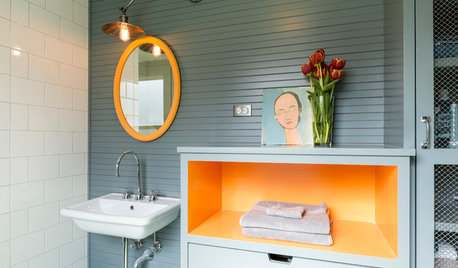
COLOR PALETTESRecessive Color: 8 Eye-Catching Niches, Nooks and Crannies
Create a focal point with a small chunk of a big hue
Full Story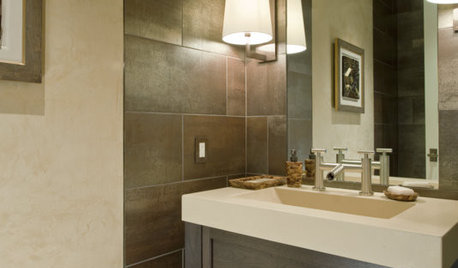
BATHROOM DESIGNHow to Light Your Bathroom Right
Get ready for your close-up in a bath that's a sanctuary with task, accent, decorative and ambient lighting
Full Story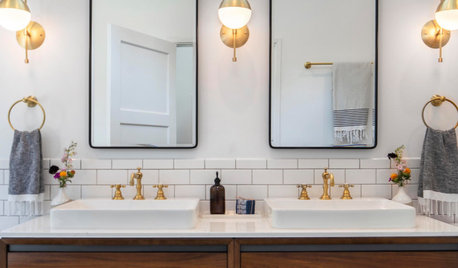
BATHROOM WORKBOOKHow to Get Your Bathroom Vanity Lighting Right
Create a successful lighting plan with tips on where to mount fixtures and other design considerations
Full Story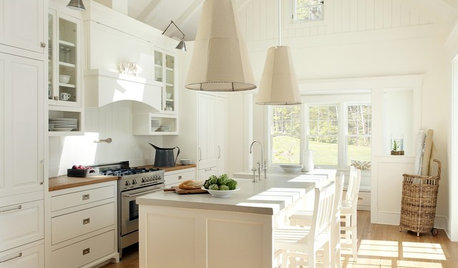
KITCHEN DESIGNIdea of the Week: Two-Arm Lights in the Kitchen
Shake up your kitchen lighting by using a unexpected fixture in a practical way
Full Story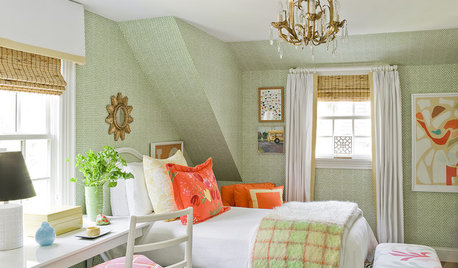
LIGHTINGThe Ultimate Nightlight
Show your passion for drama and high style with a chandelier in the bedroom
Full Story
LIGHTINGWhat to Know About Switching to LED Lightbulbs
If you’ve been thinking about changing over to LEDs but aren't sure how to do it and which to buy, this story is for you
Full Story








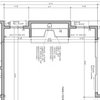
renovator8
virgilcarter
Related Professionals
Ammon Home Builders · Montebello Home Builders · Barrington General Contractors · Binghamton General Contractors · Decatur General Contractors · Easley General Contractors · Endicott General Contractors · Havelock General Contractors · Jamestown General Contractors · Los Alamitos General Contractors · Miami Gardens General Contractors · Owosso General Contractors · Panama City Beach General Contractors · Sauk Village General Contractors · Waipahu General Contractorsrenovator8
virgilcarter
renovator8
energy_rater_la
Epiarch Designs
gaonmymind
Epiarch Designs
gaonmymind